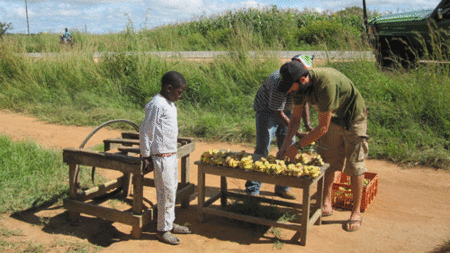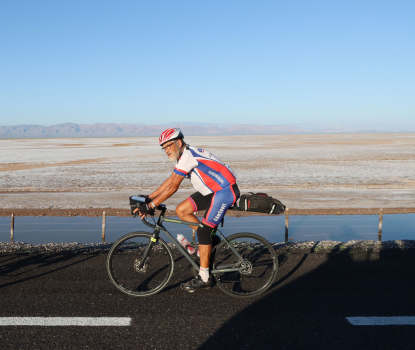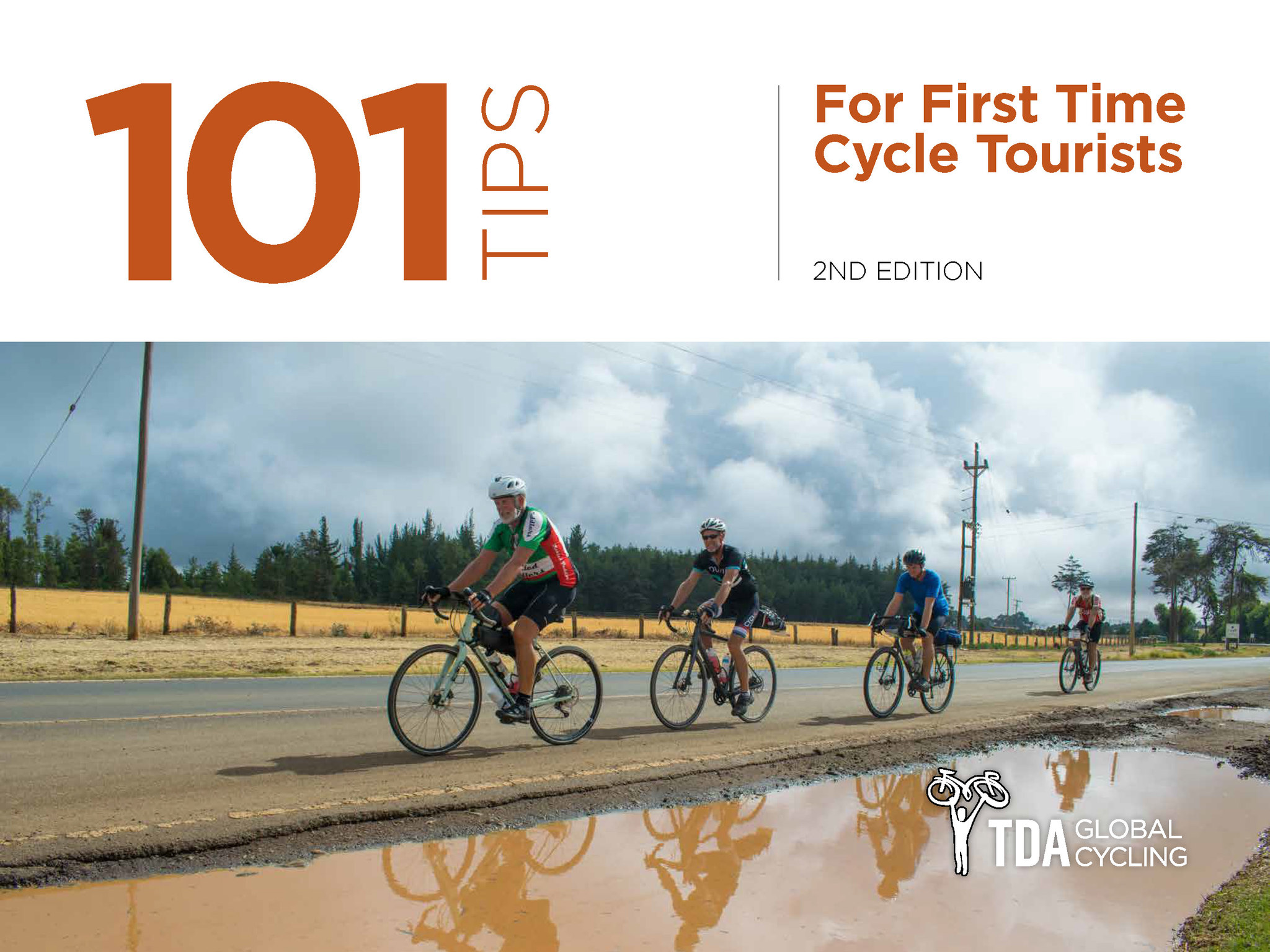Blog
Food, food & more food…

When reading the stories of Africa’s earliest explorers and conquerors, one cannot help but react with awe and amusement to their tales of adventure, hardship, slavery, magic and war. The picture they paint for us delves well into the realm of the unbelievable. The first European explorers in Ethiopia tell us of people who believed their ruler could hear them speak from hundreds of miles away, and of lavish banquets where live cattle were butchered and consumed raw. In what is now Uganda, John Speke, in his attempt to discover the source of the White Nile, came across a king who “kept an extraordinary harem of wives who could not stand upright and instead groveled like seals about the floor of their huts. Their diet was an uninterrupted flow of milk that was sucked from a gourd through a straw.”
Yet it is the lists of supplies behind these expeditions that really bring colour to their undertakings. Samuel Baker, a wealthy big game hunter who explored Sudan in the mid 1800’s, recommended the following for those planning travels in Africa: a large umbrella, a quart syringe for injecting brine into meat, flint and steel, and quicksilver and lead for making bullets. When Ismail, the third son of Muhammed Ali, was sent to the Sudan by his father in search of gold and slaves, he travelled in a tent of exceeding magnificence. It was “made of canvas dyed green, one hundred feet long and surmounted by a large gilt globe. The interior was lined with tapestries and silk hangings, carpets and cushions were spread on the floor, and a chandelier of glass oil lamps was suspended from the roof.”-guaranteed to make any TDA rider jealous. Mungo Park, a Scottish explorer at the turn of the 19th century, dragged his four poster bed into the interior of Africa, only to be robbed of his possessions, captured, and sold into slavery.
It was Naploleon who noted that “an army marches on its stomach.” Given this observation, it was remarkable indeed that his 1799 invasion of Cairo was a success. Though the soldiers marched through endless fields of wheat, they had no means of processing the grain into flour. On the 260km march from Alexandria, they subsisted on little more than lentils, melons and biscuits for weeks. Following his defeat of the Mamelukes and the subsequent occupation of Egypt, Bonaparte rewarded his men for their efforts and for their suffering. He ordered 200,000 pints of Brandy, one million pints of wine, and one hundred prostitutes, among other forms of entertainment. Now those numbers tell me a story.
As far as TDA is concerned, it can be difficult for friends and family back home to fully comprehend the scale of this trip. It is perhaps the numbers behind the food that tell the most colorful story. The consumption habits of 80 some-odd cyclists pushing their bodies to the limits are sometimes amusing, frequently disgusting and often shocking.
Let’s examine a few of our basics: peanut butter, carbohydrates, fruits and protein. Peanut butter: if you don’t like tuna, you had better like peanut butter. Every day we put back about 5 kg of the stuff. That works out to about one third of a cup for every person, every day. To put that in context, on average, every ten days, every rider will have eaten the caloric requirements for a fully grown adult in peanut butter alone.
Carbohydrates can be a tough one to track. A frequent question from riders is “how many calories do we consume daily?” The fact of the matter is that the calorie is a very small unit of measure. Counting calories while feeding nearly 100 people (80 cyclists and 20 staffers) is like using centimeters to measure the distance from Cairo to Cape Town. Instead of calories, I think in kilos. Everyday I walk, sweating, back to the truck with bulging sacks of bread slung over my shoulders. The demand seems endless. If we’re serving rice, 50 cups of dry basmati will do the trick. If the kitchen crew is feeling strong, we’ll make mashed potatoes with a “spoon” the size of a canoe paddle. It takes two of us to lift the 50kg sack of potatoes that will be consumed in a single meal.
Throughout the tour, we see an ebb and flow of fruits. I’m not looking forward to the sour oranges of Ethiopia, but I’m salivating at the prospects of the huge tropical fruits of Kenyan and Tanzania. Bananas, however, are a constant and will help illustrate the Tour’s consumption; keeping up with the 20kg a day demand for bananas is a fulltime job in itself. In the markets, the vendors always ask me “how much do you want?” My standard response is “how much do you have?” Another question I frequently pose to vendors is “what do you have that I can’t see?” Into the back of their stores they go, emerging with boxes of unopened produce, likely intended for sale in the coming week. Many a vendor has finished their day early thanks to our demands.
Tired muscles need protein to repair, and lots of it. Eggs are a popular source, and make an appearance several times a week. Every year, the tour consumes something in the range of 9000 eggs. We once purchased a basket of 700 eggs from a man in Ethiopia who was carrying it on his back, looking like Atlas holding the globe. It took two of us to bring it carefully to the ground. For the vegetarians on the tour, the truck is filled with several huge crates of chickpeas, too heavy to move, waiting to be soaked, boiled and stewed for their eating pleasure. In total, by the time we reach Cape Town the carnivores will have collectively eaten 5 African cows, 375 chickens, 35 sheep, 20 goats, and 12 pigs. Perhaps the volume of food we consume is shocking. It is all the more dramatic that we do this every single day. I don’t go to the supermarket once a week; I front run every tour day and fill the truck at the market.
The Tour will celebrate its arrival in Cape Town with plenty of famous local vintages, though we may not drink one million pints like Napoleon’s men. Along the way we can pretty much guarantee that no one will be captured and sold into slavery. I did neglect to bring my quart syringe for our meat, but it is amazing what meat tenderizer can do to tough Ethiopian goat. And while we may not return with stories of magic and war, I guarantee you that our friends will react with awe and amusement to our tales of hardship and adventure. For me, it is these stories that make the whole trip worthwhile.
— James (chef)
 REGISTER NOW
REGISTER NOW




Leave a Comment for "Food, food & more food…"